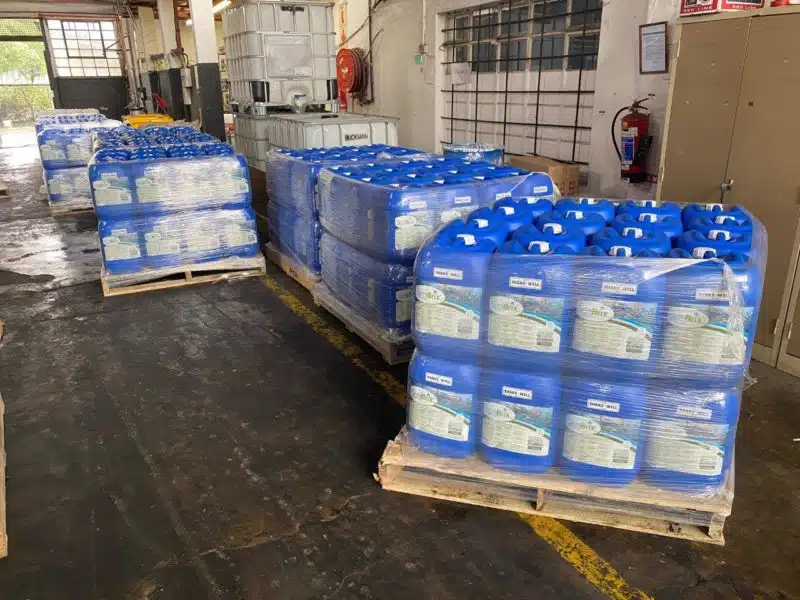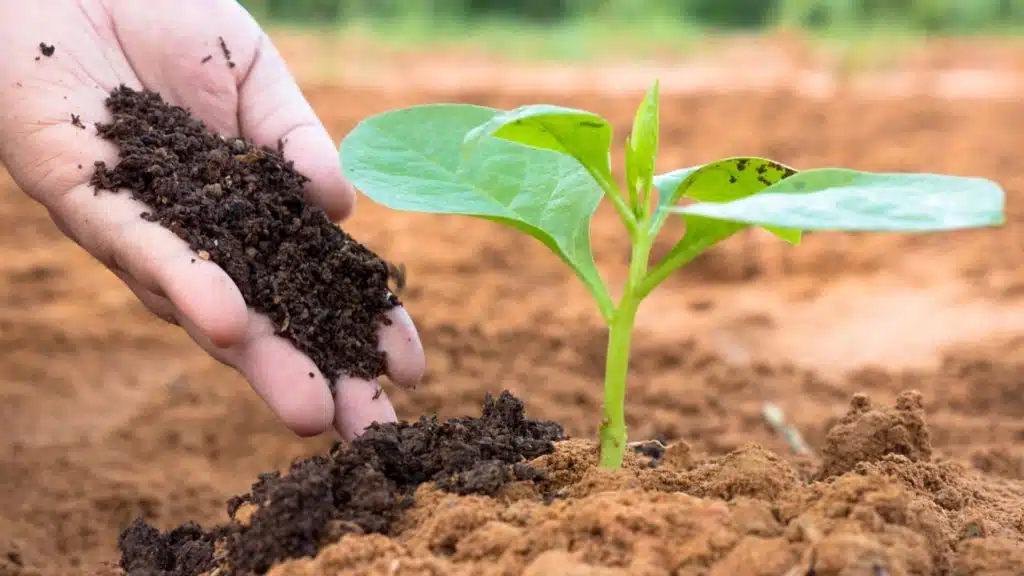Plant nutrient deficiency chart
15 Essential Nutrients That Plants Need
Essential Nutrients
- Carbon (C)
- Hydrogen (H)
- Oxygen (O)
Plants obtain these essential nutrients from water, air and sunlight, to make food for growth.
Macronutrients
- Nitrogen (N)
- Phosphorus (P)
- Potassium (K)
- Sulphur (S)
- Calcium (Ca)
- Magnesium (Mg)
These nutrients are required by plants in relatively large amounts.
Micronutrients
- Copper (Cu)
- Manganese (Mn)
- Zinc (Zn)
- Iron (Fe)
- Boron (B)
- Molybdenum (Mo)
These nutrients are required by plants in smaller quantities.
Essential Plant Nutrients And Their Deficiency Symptoms
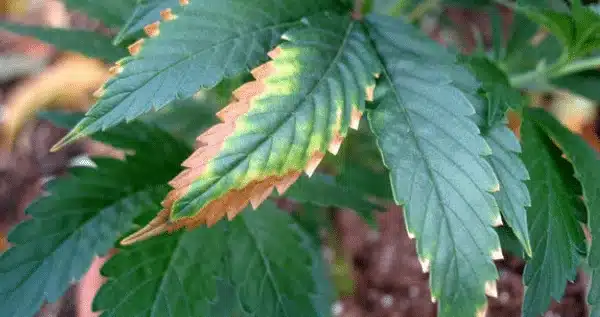
Boron Deficiency
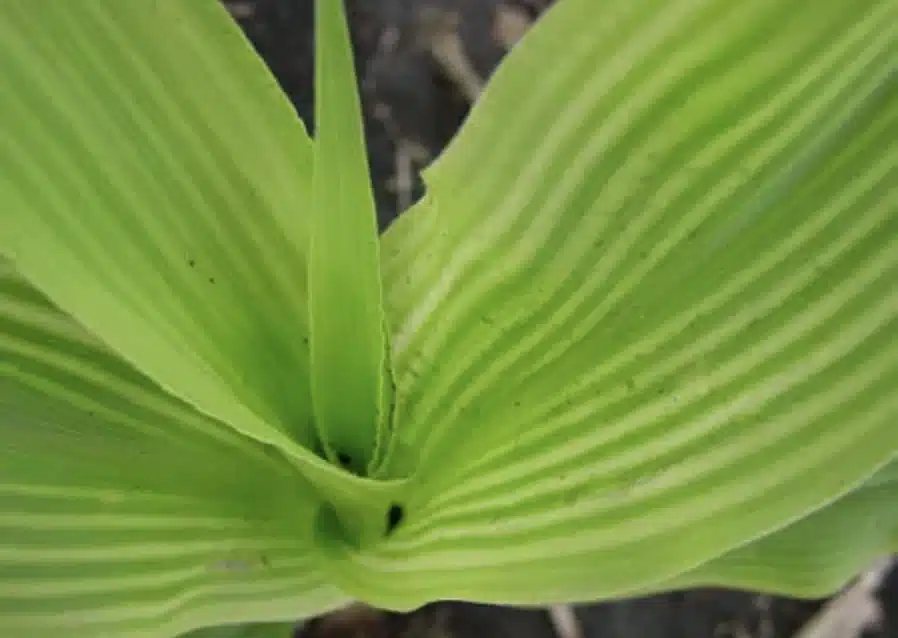
Sulphur Deficiency
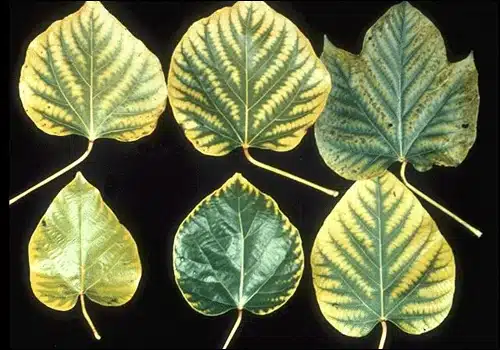
Manganese Deficiency
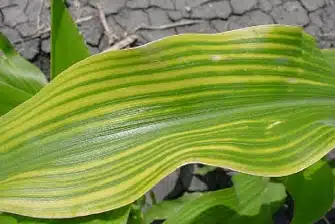
Zinc Deficiency
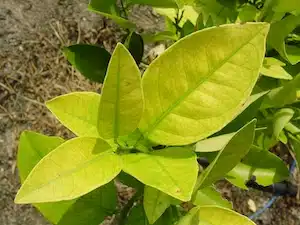
Iron Deficiency
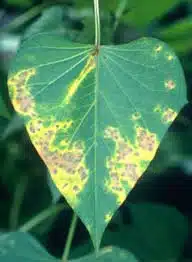
Copper Deficiency
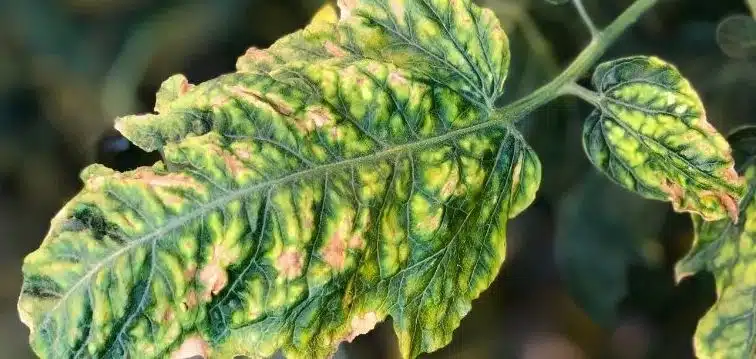
Molybdenum Deficiency
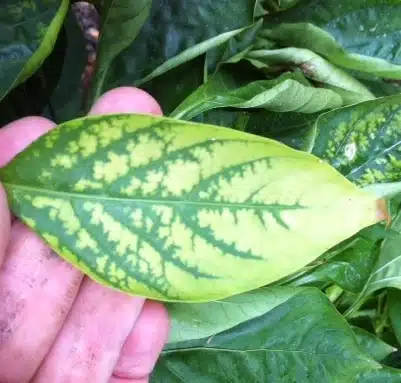
Magnesium Deficiency
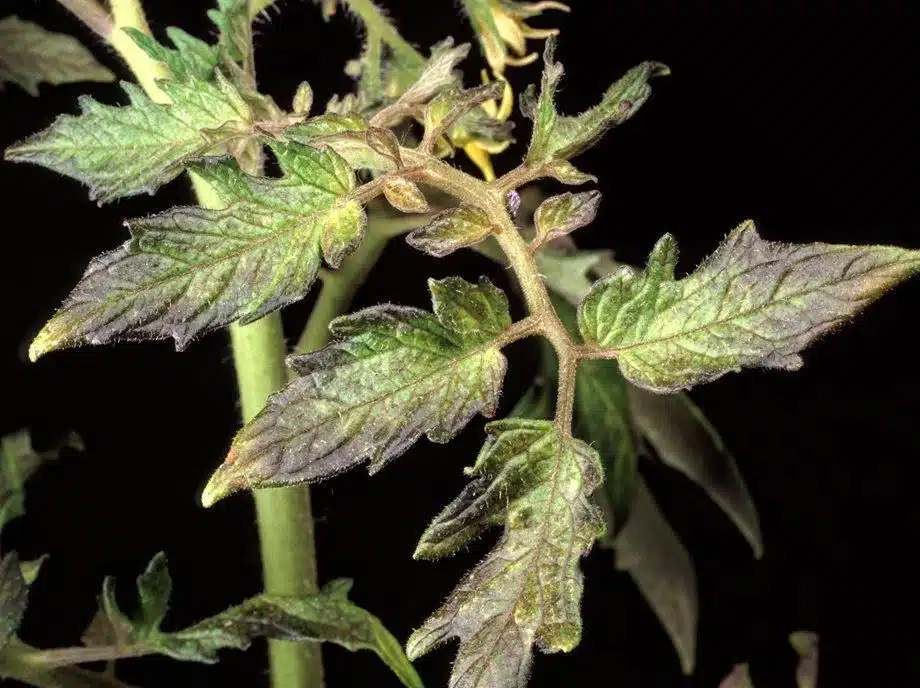
Phosphorus Deficiency
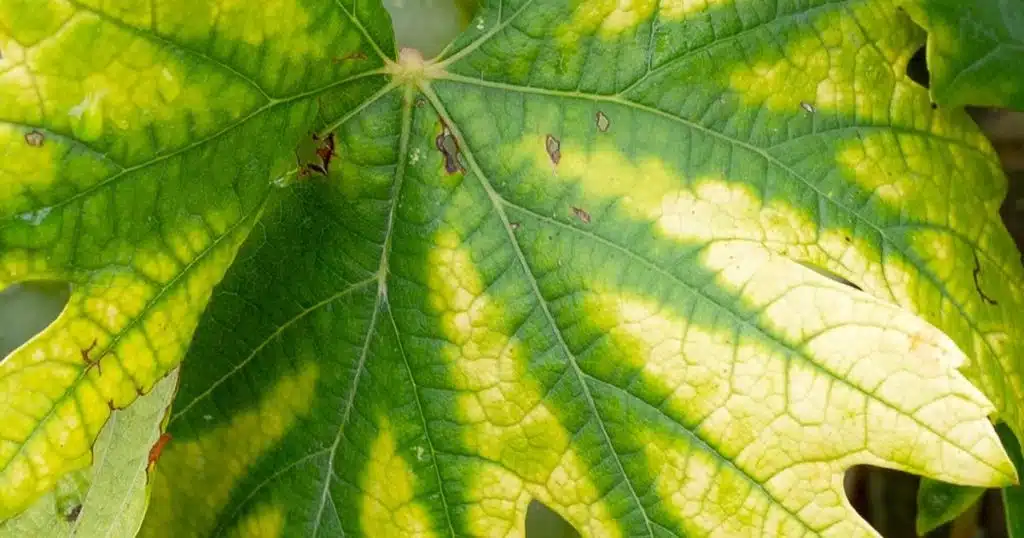
Nitrogen Deficiency
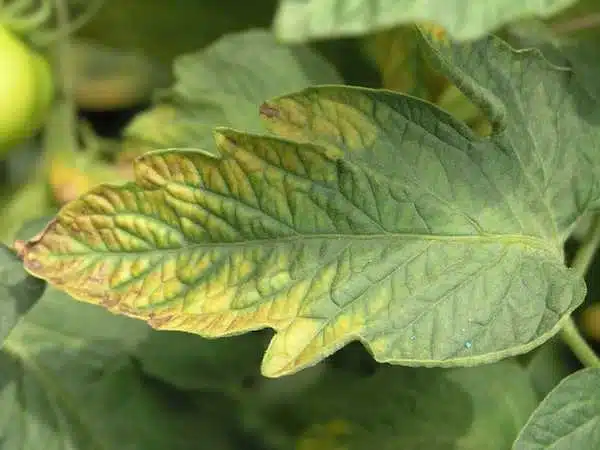
Potassium Deficiency
How To Prevent Nutrient Deficiency In Plants
Applying more fertiliser doesn’t necessarily result in a healthier crop and a greater yield. Rather, farmers should seek to support nature’s delicate balance by applying the right fertiliser, in the right amounts at the right time.
Zylem facilitates the supply of a variety of agricultural inputs, including our own range of biological soil conditioners and foliar feeds, to address and prevent nutrient deficiencies in plants. Developed over ten years, our soil nutrition and foliar feed products encourage sustainable activity and assist with regenerative agriculture. The products are available anywhere in South Africa.
